Environmental Science Graduate Students
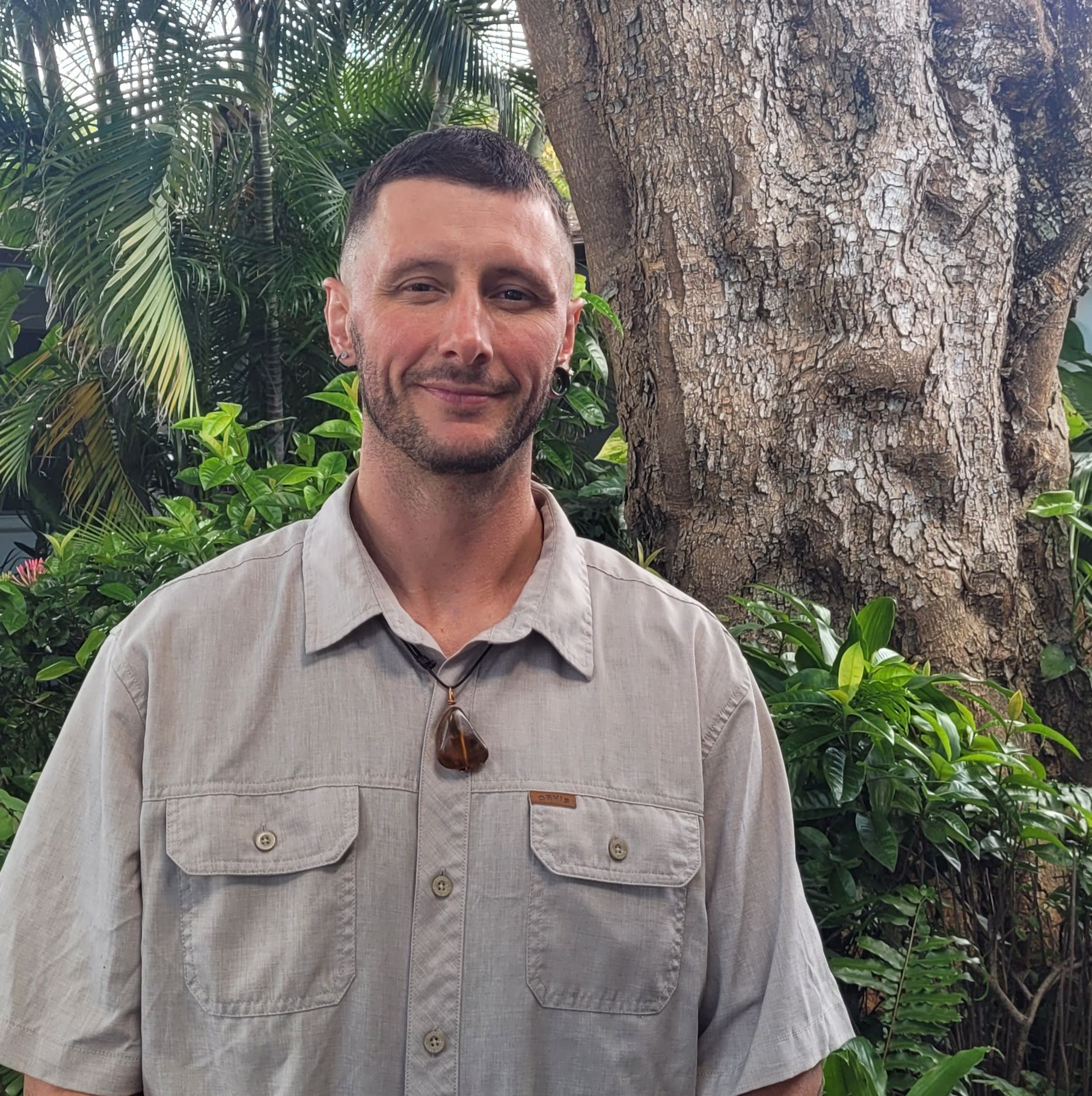
|
Billy AbbottBilly graduated from the University of Wisconsin-Platteville with a B.S. in Biology. Since graduating, he has worked as a biologist for various nonprofits, mostly on conservation projects, including response of passerines in the Sierra Nevada Mountains, and shorebird use of manmade wetland habitat in California's Central Valley. As a part of Dr. Rindy Anderson's Lab at FAU has thesis focuses on temperature effects on mating signal production in Bachman's sparrow, and looks at the potential buffering of those effects by morphological features associated with thermoregulation. |
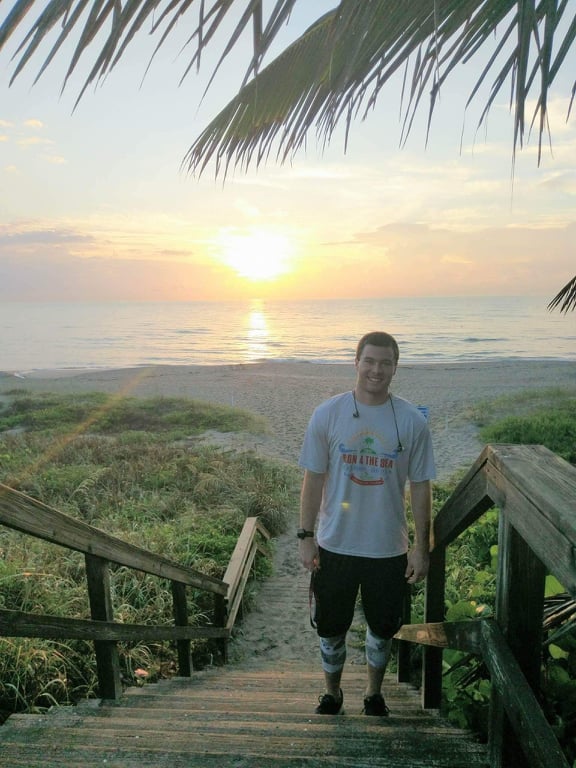
|
Daniel AlbrechtDaniel is originally from Naperville, IL near Chicago and moved to Florida in 2014 to pursue his Bachelors education at FAU with his identical twin brother. Throughout his undergraduate studies he worked at Gumbo Limbo and aided in the research of sex determination in sea turtle eggs under the guidance of Jeanette Wyneken. He also worked with Elizabeth Titcomb and the Harbor Branch Oceanographic Institute, aiding research on identifying predation and spread of diseases across dolphin pods. After graduating FAU in 2018, he started working at the South Florida Water Management District (SFWMD) and decided to pursue a graduate degree. With his graduate advisor, Dr. Tobin Hindle, he is completing work towards identifying Harmful Algal Blooms (HABs) near Lake Okeechobee and surrounding waterways using GIS mapping tools. He looks forward creating useful and informative maps to help identify HAB patterns. |
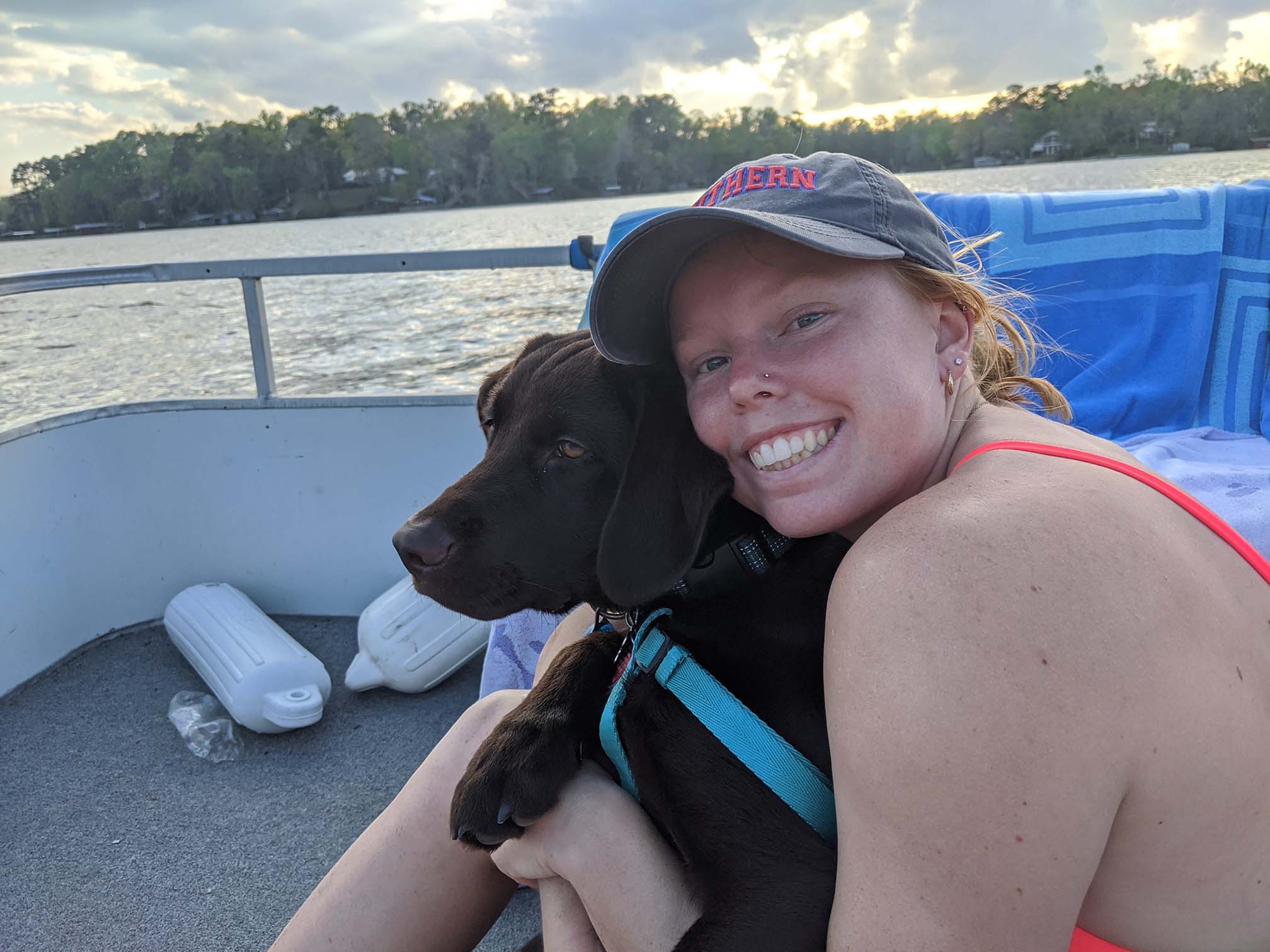
|
Kelley BreedenKelley is originally from Tallahassee, Florida but has continued moving further down the state of Florida in recent years. In 2021, she graduated from Florida Southern College with a degree in Biochemistry and Molecular Biology, and is now pursuing a thesis Master’s in Environmental Science. Her research with Dr. J. William Louda focuses on the freshwater algal blooms in Lake Okeechobee and how nutrients such as nitrogen and phosphorus affect the growth of Microcystis aeruginosa. She also is a Biodiversity Teaching Assistant and enjoys student teaching in this capacity. Besides her TA job and coursework, she is a budding professional water-skier and travels all over the US to compete in pro-level tournaments. After completing her Master’s degree, she aspires to continue studying freshwater harmful algal blooms (HABs) with a government agency or private industry. |
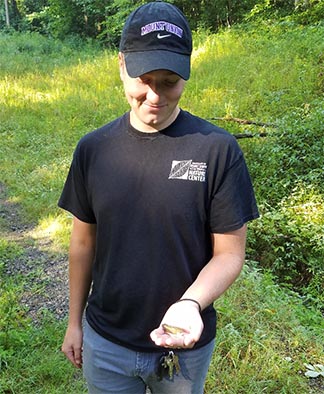
|
Carson CiesinskiCarson is from Hinckley, Ohio. He graduated from the University Mount Union with majors in Geology and Environmental Science in the Spring of 2021. His interests include ecology, conservation, and environmental education but he is most passionate about natural history and connecting it to modern environments. He is conducting research in Paleontology and Stratigraphy under Dr. Anton Oleinik. His thesis work currently focuses on the preservation and fossilization of coral encrusters and how they relate to paleoenvironmental conditions. He also currently works on campus as a TA for introductory Biology labs. |
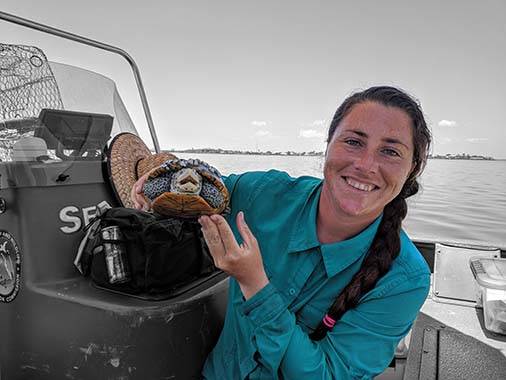
|
Erin DierErin is an East Coast Florida native that grew up being taught about our natural world and some of its dynamics. She has also become an avid waterwoman and primitive camper, to name some of her hobbies. These childhood interests led her to pursue a profession as a Conservation Biologist. In 2015 she graduated with a B.S. in Conservation Biology and Ecology from FIT. During this time, she also gained hands-on experience as a volunteer with the Florida Wildlife Hospital, Sea Turtle Preservation Society, Brevard Zoo, and Hubbs-SeaWorld Research Institute. She has since worked with the FDEP, FWC, and FL Department of Agriculture. Her research interests lie in our anthropogenic effects on the ecology of a given ecosystem. She's particularly interested in diamondback terrapin turtles, perhaps an indicator species of their habitat quality in the Indian River Lagoon. Her hope is to draw more public interest and concern, as well as funding, to the restoration of this estuary. She will be working with Dr. Jon Moore as her advisor. |
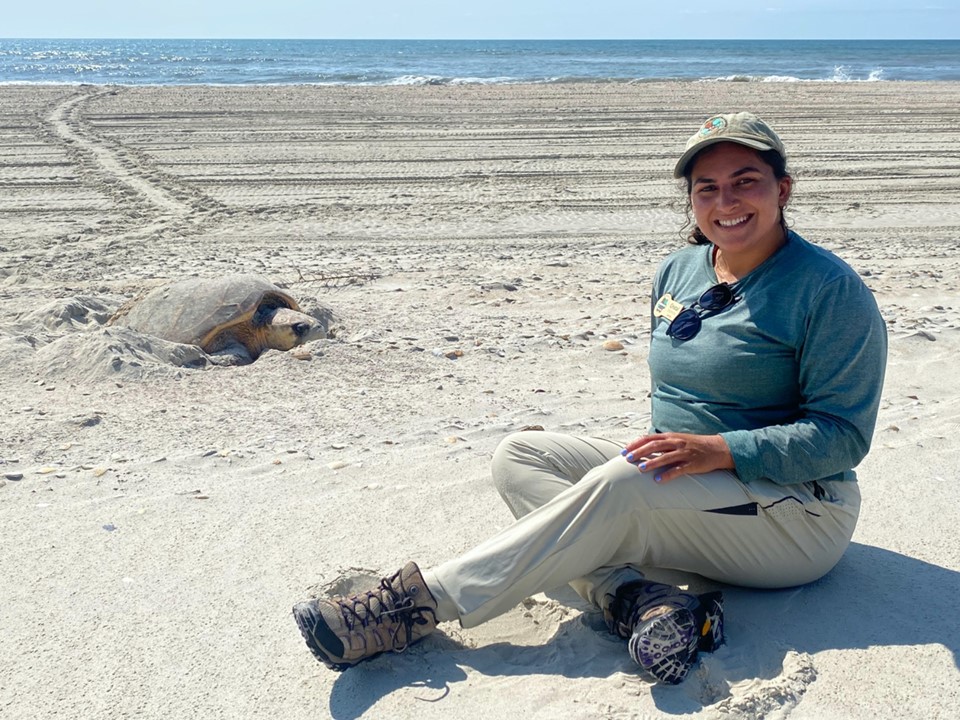
|
Cristal EspinosaCristal received my B.S. in Biological Sciences from Florida International University in 2019. While pursing her Bachelor's degree, she completed an internship in butterfly research at Zoo Miami, as well as an undergraduate research project focusing on fish diversity in seagrass beds vs propeller scarred seagrass beds. She joined FAU's ES program in Fall 2020 in the Coastal Studies Lab. Her research focuses on the abundance and distribution of marine debris in mangrove environments in Key Biscayne, Florida. She interested in seeing how different mangrove area characteristics may influence what types and amounts of marine debris are being deposited. Outside of FAU, she completed an internship working with sea turtles at Cape Lookout National Seashore this past summer. She currently works for Miami Dade County as the Education & Outreach Coordinator for the Sea Turtle Conservation Program. |
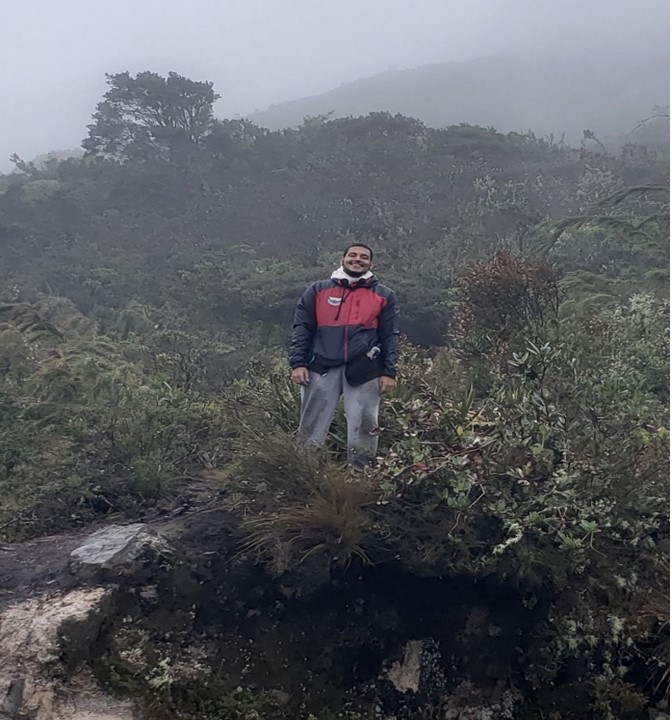
|
Jose GrisalesJose graduated from FAU with a BS in Biological Sciences. During his undergraduate studies he had the opportunity to do research in the Avian Ecology Lab at FAU, fitting mixed effect models to obtain a better understanding of wading bird’s patterns of movement during foraging habitat selection. He also interned at Palm Beach County Park’s division of zoning and planning, where he ran basic spatial analyses as a geographic information systems intern. His interest in quantitative science and ecology, where his thesis work focuses on the development of foraging activity budgets for seven wading birds species and looking at how environmental variables impact this budget as it relates to individual bird behavior. |
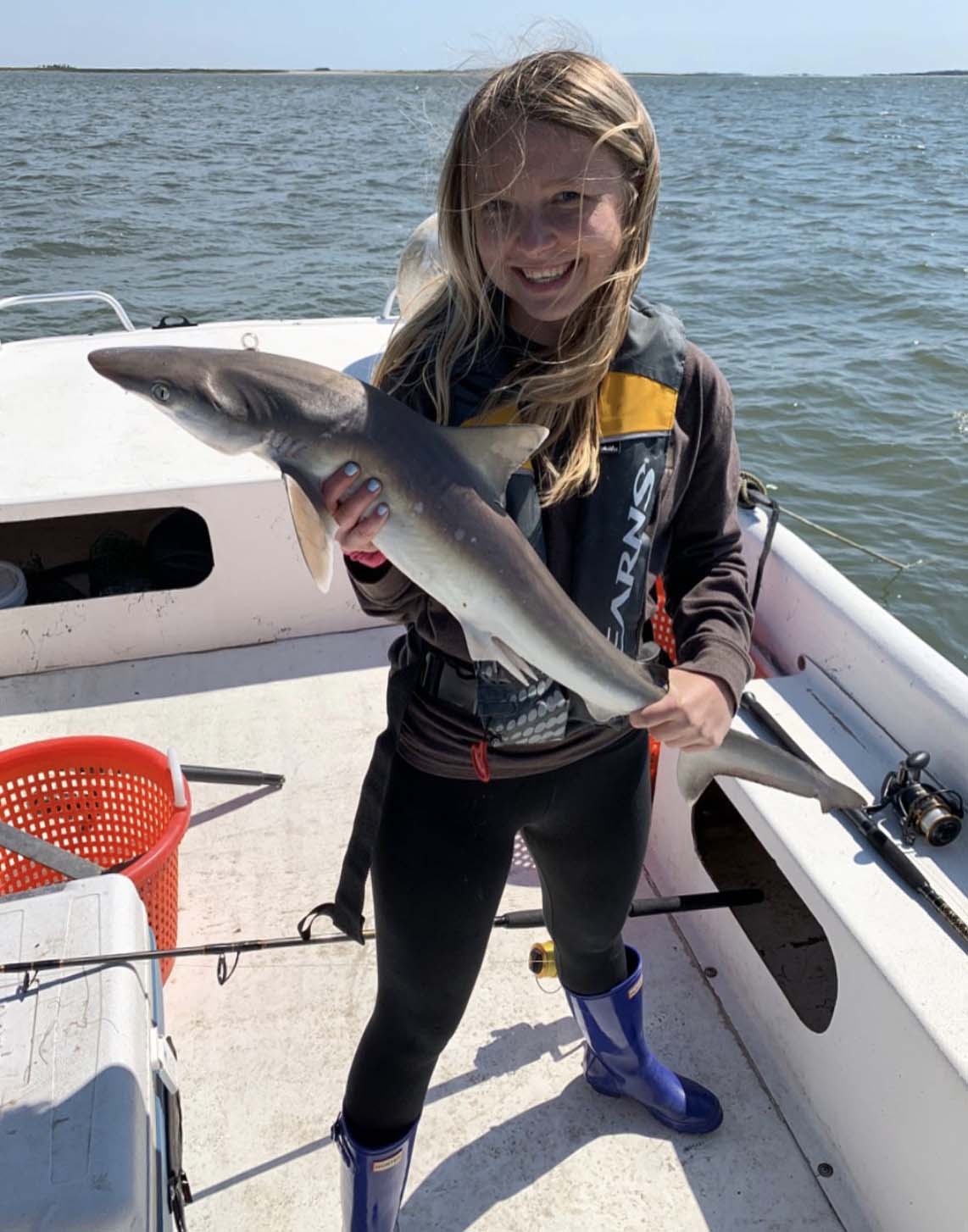
|
Natalia JaworskiOriginally from Illinois, Natalia received her BS degree in Biological Sciences from Illinois State University in 2019. Prior to joining Dr. Michael McCoy’s Quantitative Ecology lab at Harbor Branch, she was a Marine Education Fellow at University of Georgia Marine Extension and Georgia Sea Grant. At Harbor Branch her research will focus on predator-prey interactions of spotted eagle rays and other durophagous (shell-crushing) predators. From this research she will be able to infer individual variation in feeding behaviors between rays, and project population level effects based on scaled up individual feeding dynamics. |
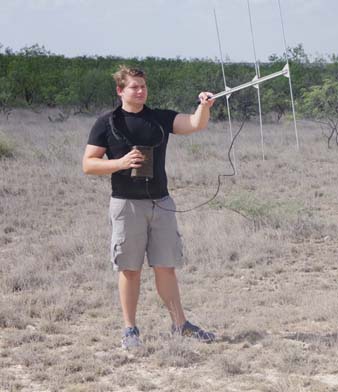
|
Timothy JohnsonTimothy grew up just across the Mississippi River from St. Louis in southern Illinois and received his B.S. in Wildlife & Fisheries Sciences from Texas A&M University in 2018. During his undergrad he worked at A&M’s Biodiversity Research and Teaching Collections as a curatorial assistant in the Herpetology Range. He also got the opportunity to work on ecology and conservation projects for snakes & lizards throughout the state including the pine forests of the east, oil fields of the west, and ranches of the south Texas border. Now he have joined Dr. Jon Moore’s lab at FAU to study competition between 2 species of invasive lizards (Peter’s Rock Agama & the Northern Curly-tailed Lizard) found here in South Florida. Despite having vastly different geographically ranges, both of these species occupy the same functional niche and their introductions here provide us a unique opportunity to study fundamental theories of competition. |
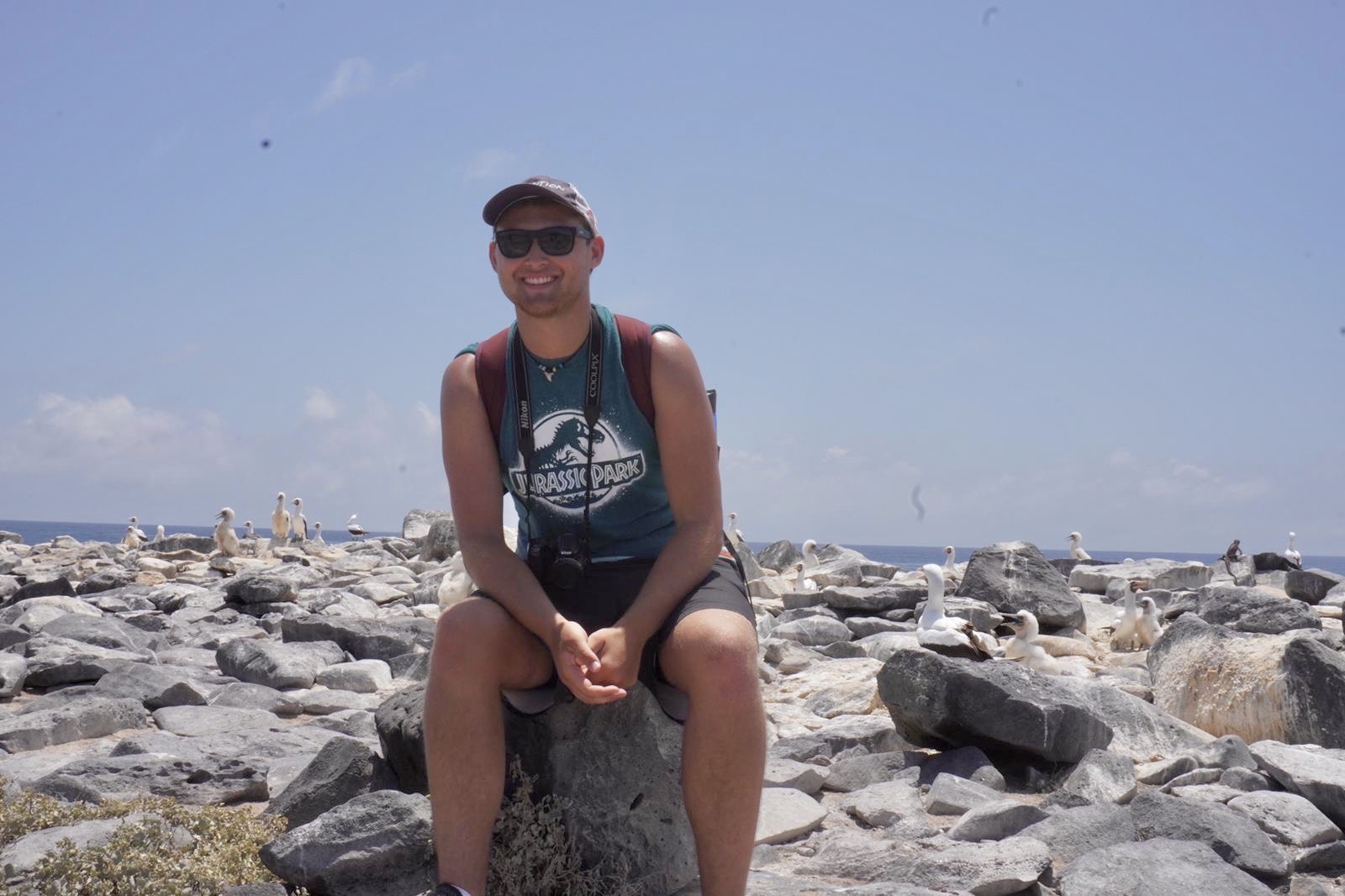
|
Garrett MaggioAs a result of growing up in both southern California and Massachusetts, Garrett developed interests in the ecology and evolution of marine organisms, particularly in the face of anthropogenic activities. He has worked with several marine vertebrates, and most of his research has been conducted on the elusive diamondback terrapin, including photo identification, population studies, and hatchling recruitment. After graduating from Wheaton College (Norton, MA) with a bachelor's in biology and environmental science, his master’s thesis at FAU’s Harbor Branch Oceanographic Institute in Dr. Mike McCoy’s lab will study terrapins and one of their parasites, Pleurogonius malaclemys. By testing genetic material from both species, in addition to an intermediate gastropod host, this research hopes to determine the coevolutionary history of trophic interactions and determine levels of genetic connectivity. He hopes that his research will allow for a deeper understanding of diamondback terrapins and support ongoing conservation initiatives. |
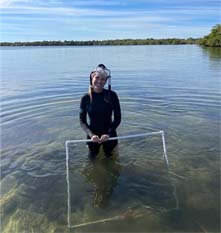
|
Kayla O'BrienKayla grew up in South Florida, and living here shaped her interest and love for nature. She received my B.S. degree from Palm Beach Atlantic University, where she majored in Biology concentrated in Botany, Field Biology, and Environmental Science. She's particularly passionate about microplastics, sustainability, restoration, resource management, and coastal ecology. For her undergraduate senior research she studied microplastics in the surface waters of the Lake Worth Lagoon. She also worked as a student intern for Palm Beach County Environmental Resources Management, in the ecosystem enhancement and restoration section. While at PBC ERM she gained a lot of field experience in the Lake Worth Lagoon, monitoring seagrasses, mangroves, and restoration islands. She joined the ES Program Spring 2022, where she's thrilled to continue studying microplastics for her thesis project. She's excited to a part of the Coastal Studies Lab, under the advisement of Dr. Tiffany Briggs. For her thesis project she's planning on taking sediment cores and looking at microplastics in beach sediments and estuarine sediments, particularly around mangroves. She believe a master’s degree will provide her with skills and knowledge that will support moving forward into a career in environmental resources management. In the future, she hope to continue researching microplastics and contribute to the conservation and enhancement of Florida’s natural systems. |
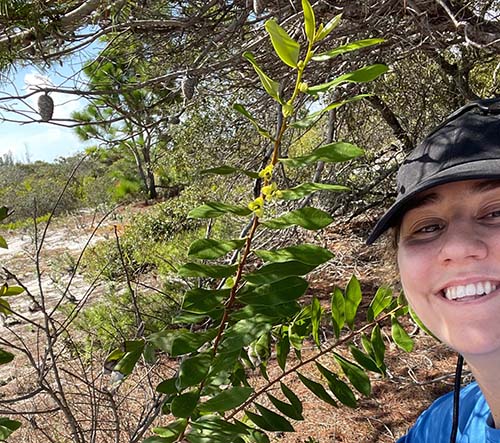
|
Amanda OlsonAmanda is a South Florida native and she originally received my B.S in Geoscience with a certificate for Environmental Studies at FAU. Her interests are in invasive plant species management and endangered plant species conservation, specifically the Four-Petal Pawpaw. She is tracking and monitoring Four-Petal Pawpaw populations in the Jupiter area. Currently she works with PBC doing tree surveys in order to create a re-greening plan for all the county parks. Before coming back to get her graduate degree, she worked as a utility forester and a land survey technician. She is a non-thesis student under the guidance of Dr. Dianne Owen. Although she is non-thesis, she still finds many ways to promote environmental science in more technical ways, rather than in research. |
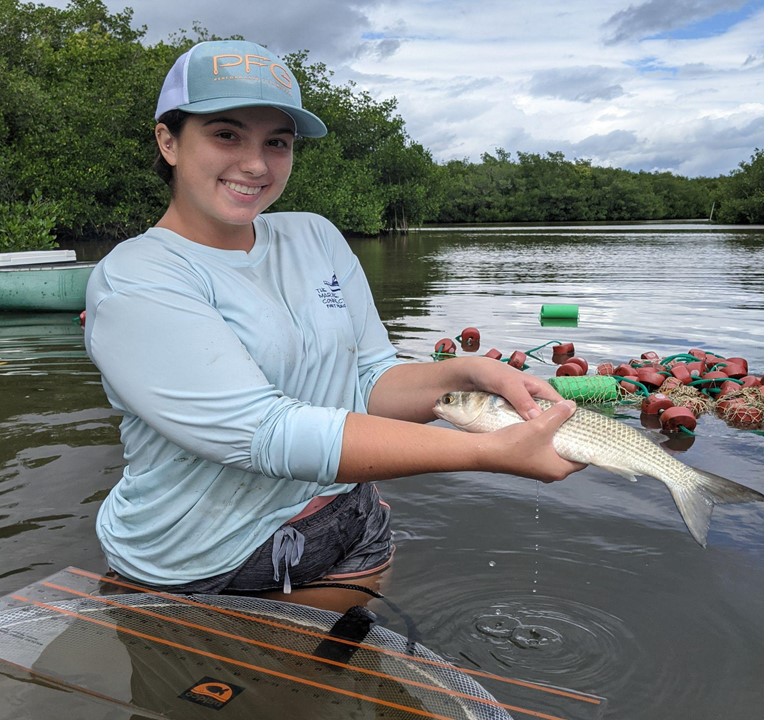
|
Margaret RodriqueMargaret received her B.S. in both Marine Biology and Environmental Science and |